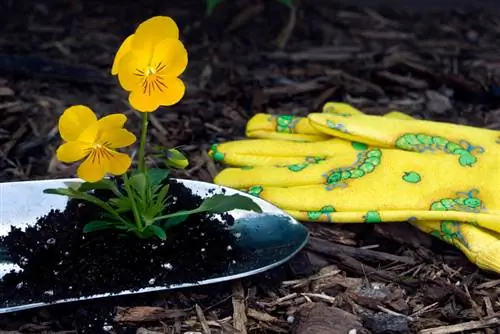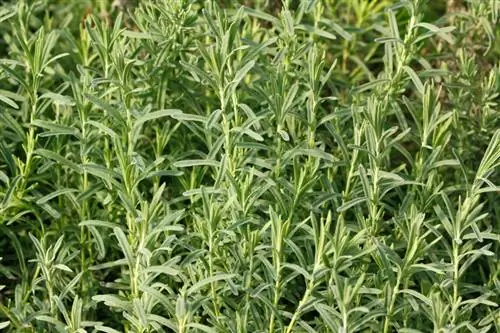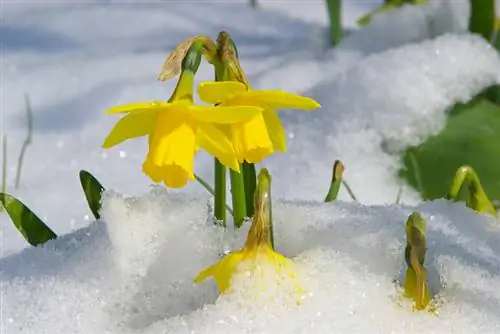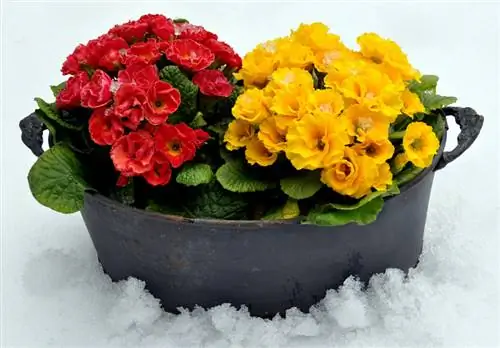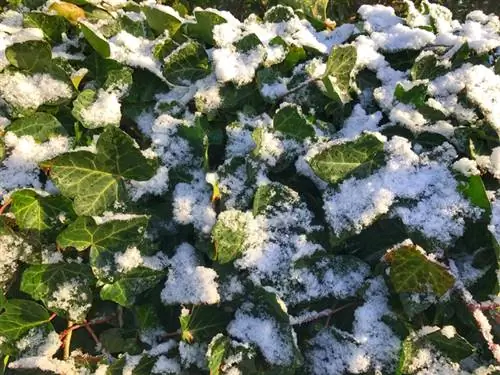- Author admin [email protected].
- Public 2023-12-16 16:46.
- Last modified 2025-06-01 06:02.
Viola - this name is given to the specimens that belong to the violet plant family. They surprise with their long flowering period, their flower colors, their scent, their healing properties and more. But are violets hardy in this country or do they need protection from frost?
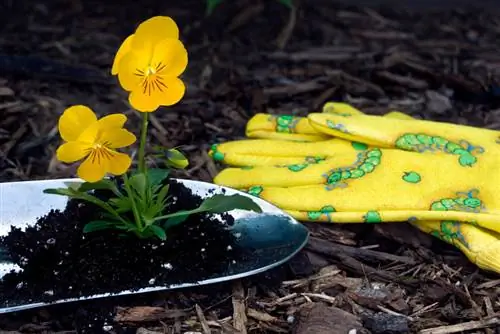
Are violets hardy and how do you protect them in winter?
Most species of violets are hardy and can easily survive temperatures down to -15 °C. More sensitive species such as pansies should be protected in winter, for example with brushwood, leaves or fleece. Violet seeds require cold to germinate and should therefore be sown outdoors.
Most of them are hardy
Most violets that exist in the world are hardy. Some hybrid forms can even easily cope with temperatures down to -15 °C. Only the violets that come from exotic climes do not survive the winter in this country unscathed.
Whether there is long-lasting snow or permanent frost - the commercially available violets such as the fragrant violet and the horned violet usually do not need winter protection. Their roots survive in the ground. Many species even have wintergreen to evergreen leaves that can be seen all winter long.
Pansies are the sensitive ones
In addition to other exotic violets, the pansy (also a type of violet) is considered the sensitive one. It tolerates severe frost less well. Therefore, if you have planted this plant outdoors, you should protect it over the winter.
Protecting sensitive violets in winter
Sensitive violets such as pansies can be protected outdoors in the form of the following insulating/warming materials from autumn to spring:
- brushwood
- Fir and spruce branches
- Leaves
- Moss
- fleece
The protective layer should be placed over the sensitive plants before the first frost sets in in autumn. Further measures are unnecessary. The winter protection can be removed again from April/May.
Some sensitive specimens that have been planted in the garden can and should be overwintered at home as a precaution. Bright and moderately warm to cool places are best. They are previously dug up and then placed in a pot. Don't forget to water!
Violet seeds need the winter to germinate
Did you know? If you want to sow violets, you shouldn't do it in the warm living room. Violet seeds are cold germinators. They need the cold in winter to be stimulated to germinate. They begin to germinate in spring and bloom in the first or second year.
Tips & Tricks
Many species of violets are so unaffected by cold that they even bloom in winter. These include, for example, horned violets.

